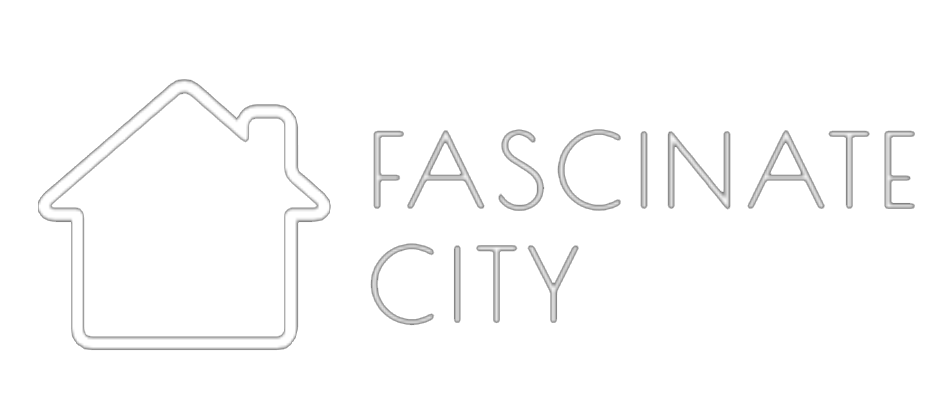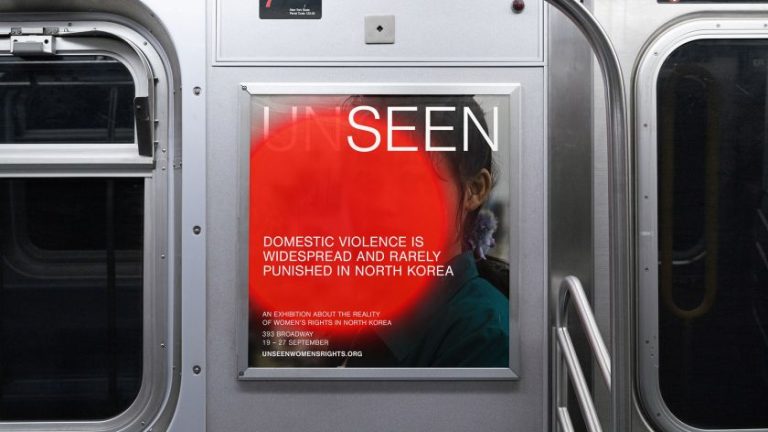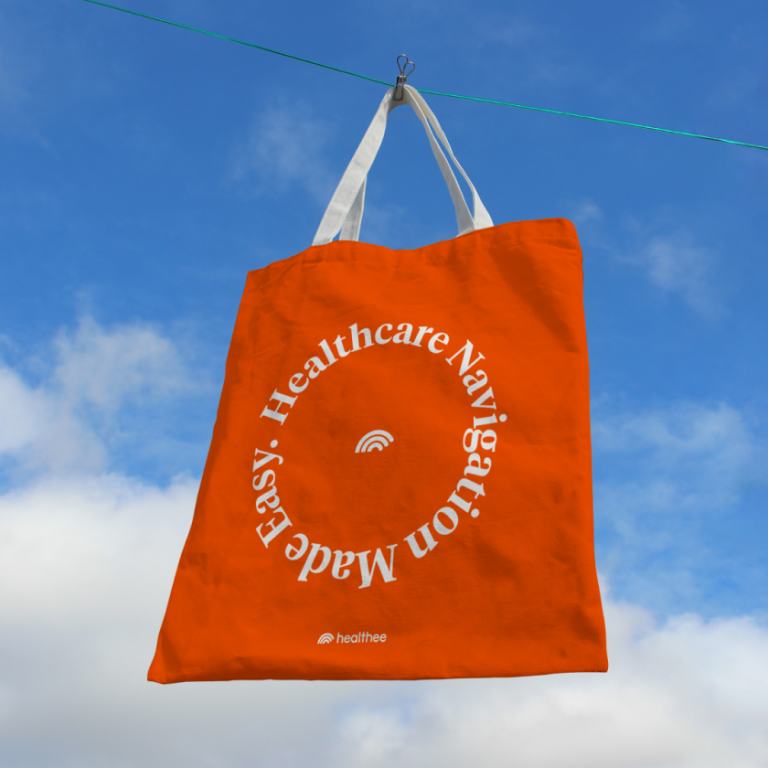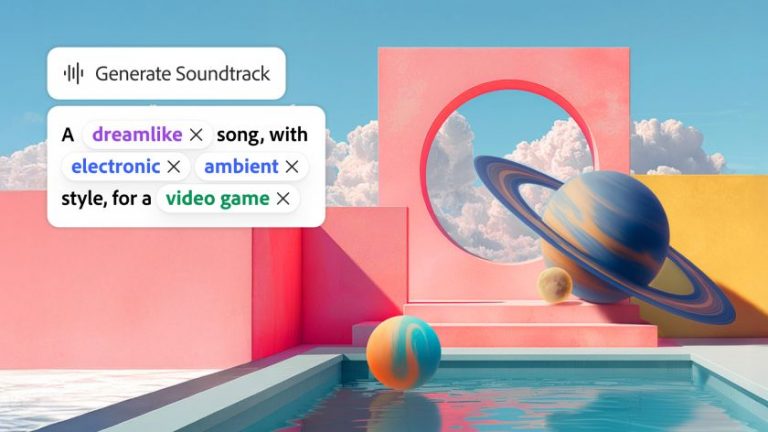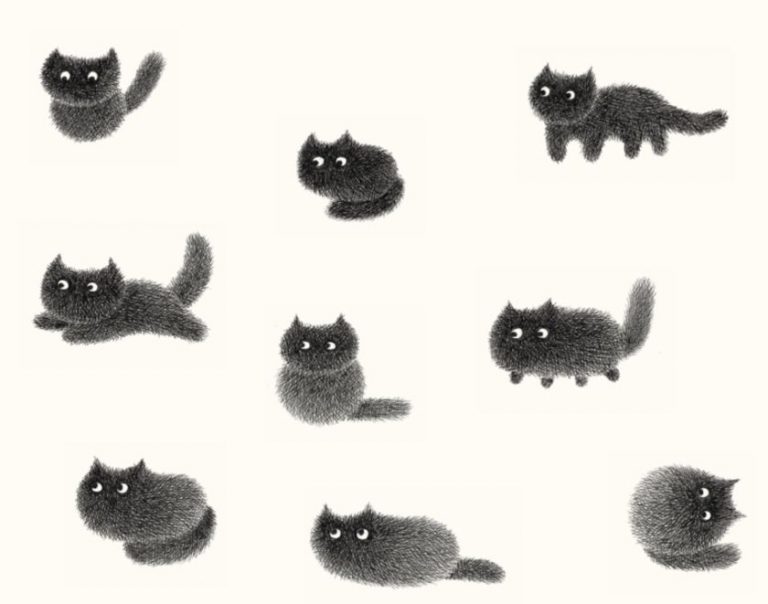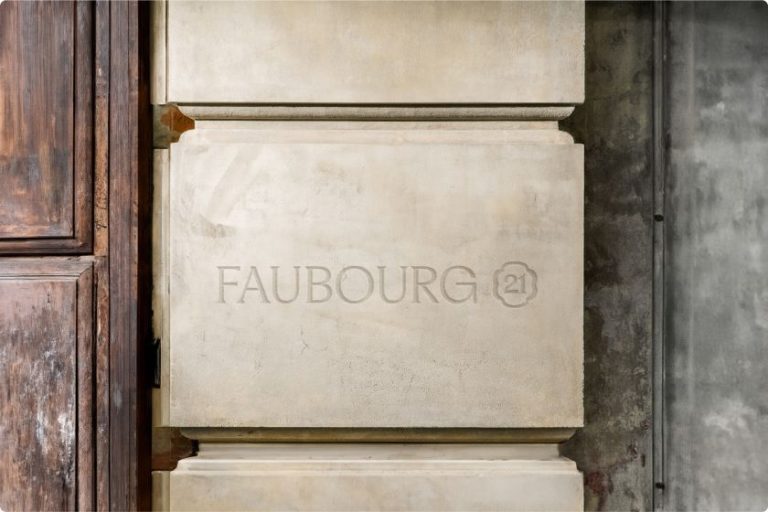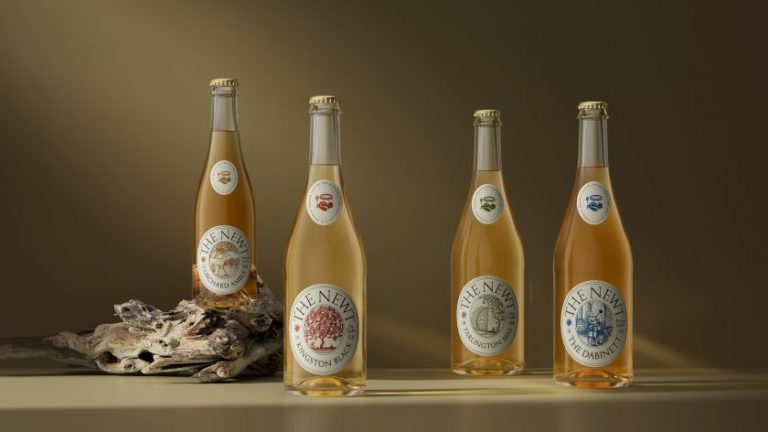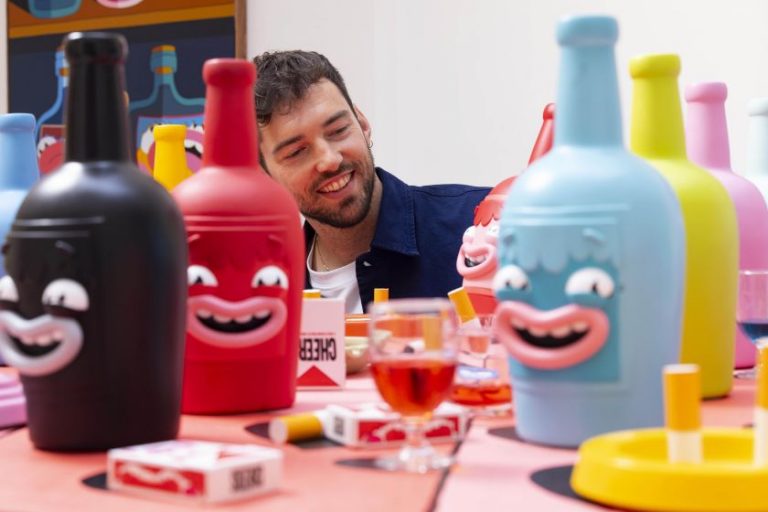As the directors of adidas’ 2025 Honoring Black Excellence initiative, Rog & Bee have transformed portraits, film and performance into a powerful archive of black identity, culture and community.
Few creative partnerships feel as deeply rooted in intention as that of Rog and Bee Walker. The husband-and-wife duo behind Paper Monday have long been celebrated for their rich, human-centred approach to visual storytelling, crafting work that doesn’t just document black culture but uplifts, preserves, and archives it for future generations.
Their latest collaboration with adidas, as creative directors of the 2025 Honoring Black Excellence (HBE) initiative, is no exception. The partnership culminated in June with HBE: An Experience Curated by Rog & Bee Walker, an immersive capstone event in Atlanta that brought their year-long body of work to life.
Instead of going down a traditional exhibition route, it unfolded across film, portraiture, sculptural artefacts, performance art, and a multisensory screening installation. All of it was designed to spotlight this year’s honorees: the Gee’s Bend Quilters, Jaycina Almond, and Sekou Thornell.
“These stories aren’t told through a distant lens; they’re lived, felt, and remembered,” the Walkers shared. “From the quilted legacies of Gee’s Bend to the visionary futures Sekou and Jaycina are building in Atlanta, this exhibition is about tracing the lines between past, present, and possibility.”
That idea of lineage, pathways and pipelines is central to the experience and to the wider HBE initiative, which adidas launched in 2019 as a long-term platform to celebrate black leaders shaping culture and community. For Rog and Bee, it also speaks to the way their own process honours the individual as much as the collective. Their three short films, released throughout 2025, delve into the personal narratives of each honoree, contextualising their impact through intimate, layered portraits.
For the Gee’s Bend Quilters – descendants of enslaved African Americans who turned generational memory into a globally celebrated textile tradition –that meant recognising craft as a form of resistance and preservation. “We felt that if we understood their daily lives, the core memories that inform their work, and the people that have helped them become who they are, we’d have a good sense of what to film for their stories,” says Bee.
That process of deep engagement shaped every frame, photograph and curatorial choice. “We were given full creative freedom and production support from the team at adidas,” says Rog. “It was a joy to let our creative process flourish as we thought about the experience. We really wanted it to be multidimensional and multisensory.” Inspiration was drawn from artists like Carrie Mae Weems and Tyler Mitchell, whose own practices bridge personal narrative and collective memory.
The Capstone Experience was designed not just to showcase but to surround audiences with black excellence in practice, each ‘portal’ honouring individuals as architects of community, dreams, and hope. Visitors didn’t just view the honorees’ work but stepped into a world built around it, connecting sound, space and story in a way that encouraged reflection and dialogue.
That multidimensional thinking also extended to fashion, another recurring theme in Rog and Bee’s practice.
“We’ve always loved how fashion speaks to identity, history, and selfhood,” they say. “We always aim to have those who sit for us be their authentic selves and express themselves fully.”
For the HBE films, they collaborated with Atlanta-based stylist Melissa Young, who worked closely with each honoree to create looks that felt personal and considered, not performative. If the films and installations offered an emotional depth, the design of the overall programme hinted at something more systemic that is part of a growing infrastructure.
“We are super happy that HBE will be a long-term project,” the Walkers reflect. “The support for us as creatives was phenomenal. The Purpose Team at adidas has an unwavering commitment to the honorees and their communities. Their hearts are in the right place, and it’s refreshing to see a brand using their capabilities and reach to champion positive work.”
That sense of longevity is critical as, for Rog and Bee, visual storytelling is a form of cultural archiving and a way of cementing legacy through image. “We hope to create a museum-worthy catalogue of black culture and Black stories,” they explain.
“We hope that our commitment to telling stories and adding to the collection of images for individuals, artists, and families will in itself support people as they maintain their identities and stories over time.”
Over the years, the duo has built Paper Monday into a platform that champions underrepresented narratives, partnering with global icons like Beyoncé and Solange while staying grounded in community-first storytelling. Working on HBE felt like a natural continuation of that ethos. “Because we’re on the same page, we approach the work by giving each other the space to operate in our strongest areas. It works well since we have complementary skills and strengths.”
Looking ahead, the pair remain focused on the stories closest to home. Both immigrants, Rog and Bee, are continuing to explore the textures of the African diaspora, from its histories and futures to the everyday lives that bridge the two.
“It’s deeply important to us that these stories are told,” they say. “We are committed to adding to the varied tapestry of black cultural and historical narratives through work in the States and the broader African diaspora.”
adidas’ Honoring Black Excellence initiative has evolved from a campaign into an investment model. With Paper Monday continuing to reframe the cultural archive, Rog and Bee Walker are building new ways of seeing, remembering and honouring them for this generation and the next.
